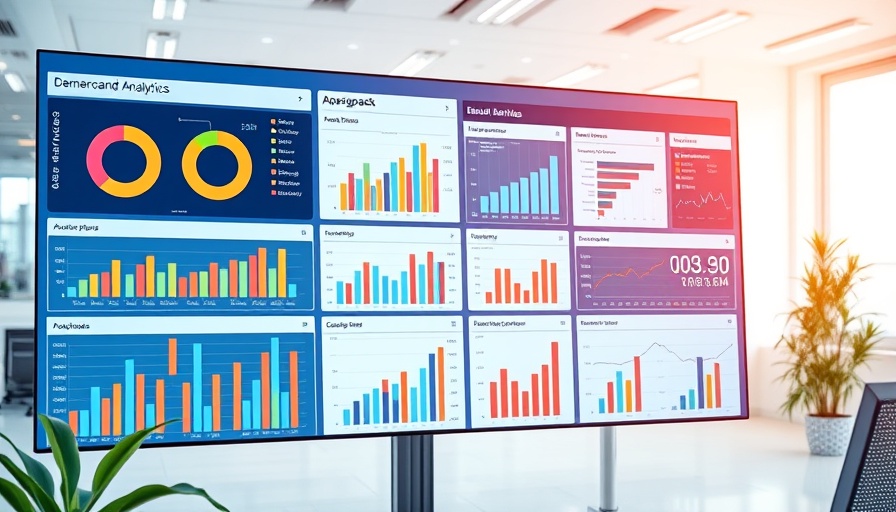
Understanding Demand Planning in the Age of AI
Today’s consumers expect products and services at their fingertips, leading to a paradigm shift in demand planning processes across industries. With such high expectations for availability, businesses must rely on accurate forecasting tools, bridging the gap between consumer demand and supply chain efficiency. Enter SAS’s suite of advanced analytics solutions: SAS Visual Forecasting and SAS Intelligent Planning, which are designed not only to meet these modern demands but also to revolutionize the way demand planners operate.
The Power of SAS Visual Forecasting
SAS Visual Forecasting is engineered to enable organizations to utilize graphical data representations for identifying trends and patterns. This comprehensive tool empowers users, helping them create robust demand forecasts that can inform production and inventory management decisions. Recent successes from a consumer goods manufacturer, for instance, showcase the tool's efficacy in multi-channel forecasting across various platforms like retail and eCommerce.
By harnessing historical data, they were able to forecast demand across 50 global markets, achieving:
- Enhanced manufacturing optimization through demand sensing
- ML-augmented hierarchical forecasting
- Increased forecast reliability and accuracy
Streamlining Operations with SAS Intelligent Planning
For enterprises that require a comprehensive planning solution, SAS Intelligent Planning stands out by merging traditional forecasting with operational excellence. It provides an integrated approach to demand planning, incorporating SKU management, scenario adjustments, and tactical decision-making all in one platform. This tool exemplifies a holistic management strategy, one that adapts dynamically to evolving market conditions.
Key features, such as scenario analysis and optimization algorithms, elevate demand prediction accuracy. The application of machine learning models further empowers demand planners to make tactical, well-informed decisions about future scenarios with confidence and precision.
The Future of Demand Planning and AI
As artificial intelligence continues to integrate into demand planning processes, the future promises even more nuanced and precise forecasting capabilities. AI tools will enable demand planners to analyze vast data sets in real time, unveiling insights that were once impossible to access. The introduction of IoT devices, which provide real-time consumer behavior data, further enhances this dynamic.
This fusion of AI and demand planning is not merely a trend; it represents a crucial transformation in how businesses will address customer expectations moving forward. Imagine a future where inventory levels can be optimized continuously, based on immediate market changes—this is the potential revolution that AI brings to demand planning.
Why Understanding AI in Demand Planning Matters
Grasping the implications of AI in demand planning is vital for professionals across sectors. Not only does this knowledge empower organizations to meet customer needs more effectively, but it also positions them to leverage technological advancements for strategic advantage. As a demand planner, understanding AI's transformative capabilities could redefine operational success, enhance customer satisfaction, and foster a competitive edge in a rapidly changing market landscape.
As you explore the possibilities of AI in demand planning, consider how embracing these technologies can reshape your professional path in the fields of AI learning and application.
 Add Row
Add Row  Add
Add 




Write A Comment